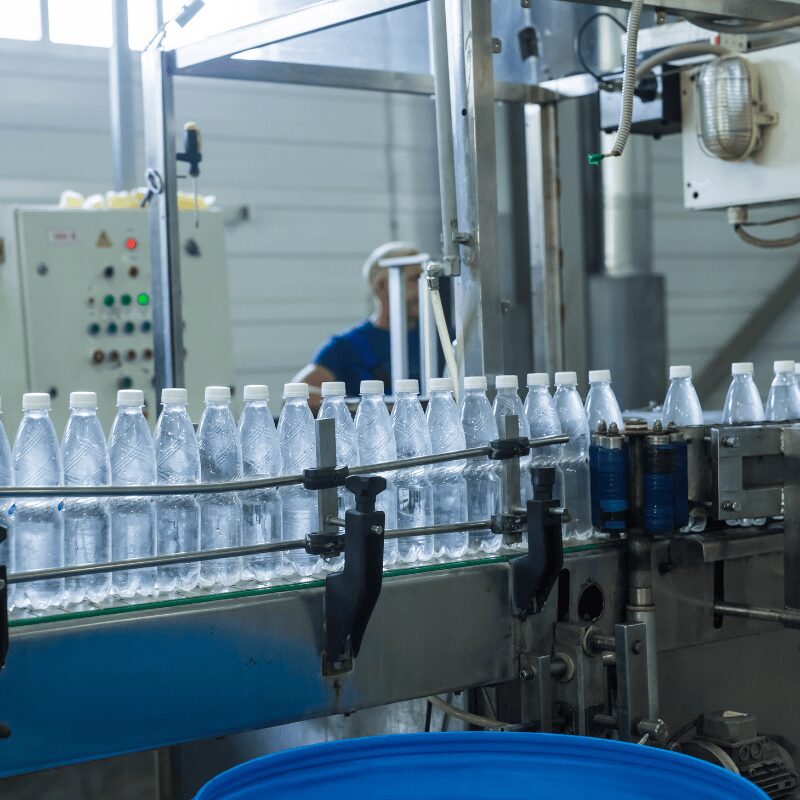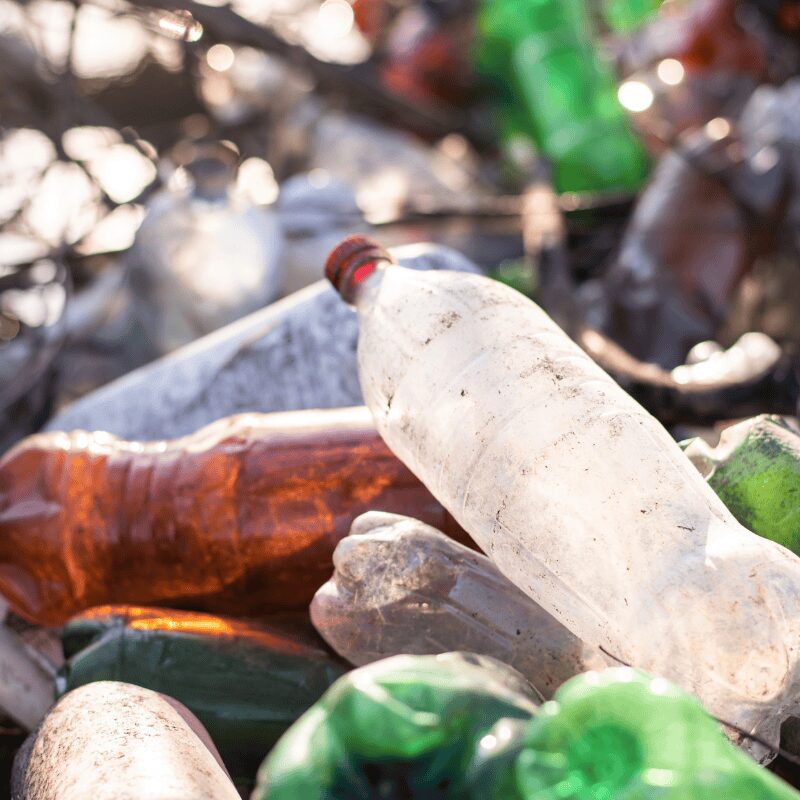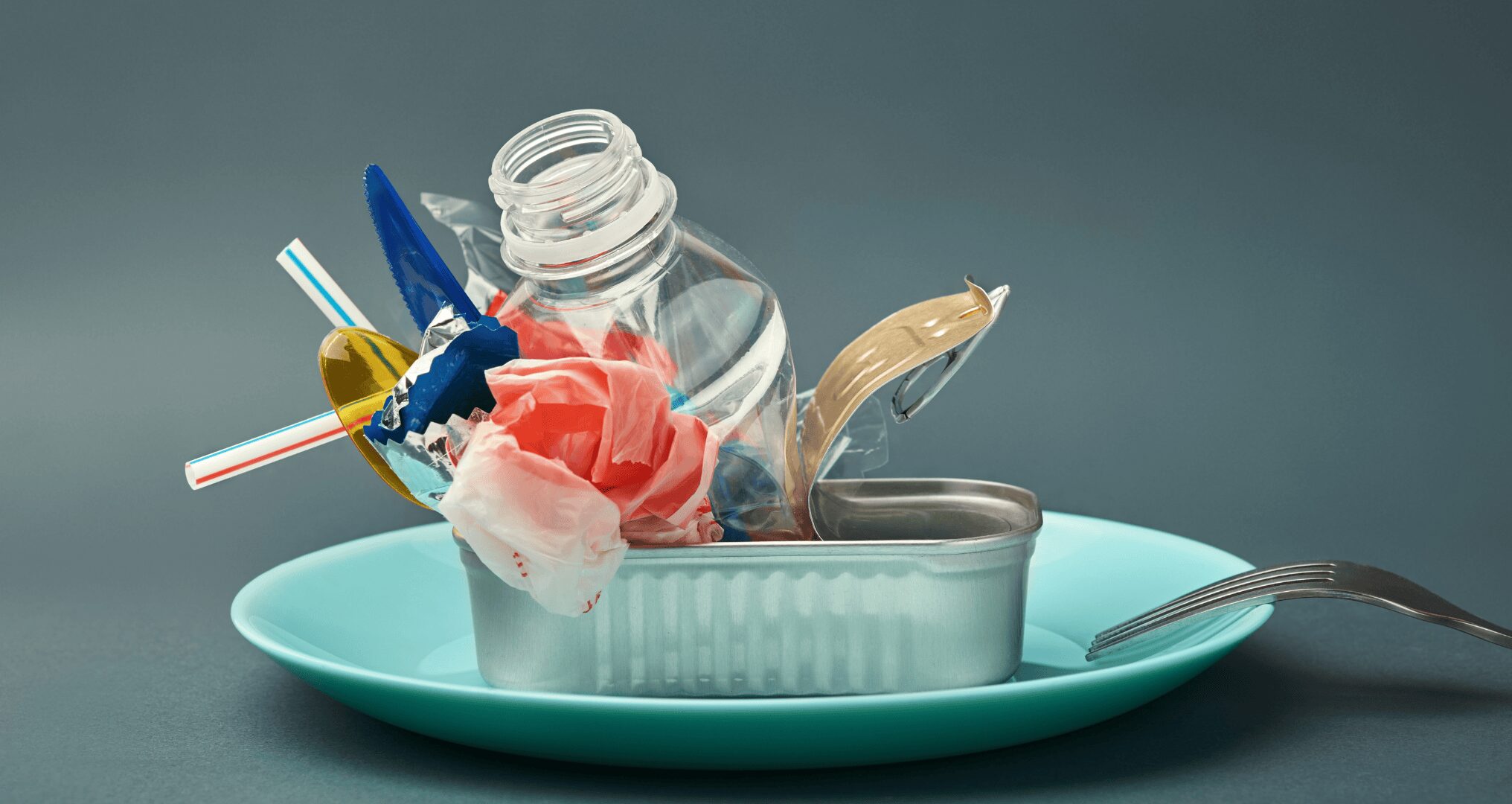In a world where health and well-being are at the forefront of our concerns, the water we drink has come under scrutiny. But, beyond the purity of taste and the pH levels, there’s a more insidious element that could be lurking in your bottled water: microplastics.
A recent study released startling figures about the amount of microplastic and nanoplastics found per liter of bottled water, raising red flags for health-conscious consumers and environmentalists alike. These findings don’t just solidify why bottled water is bad for the environment, but it also solidifies the importance of understanding what’s in our drinking water sources and where our water comes from. And Bottleless Nation is here to tell you more.
Understanding Microplastics in Bottled Water
Microplastics are tiny plastic particles that are pervasive across various ecosystems – and apparently, our bottled water isn’t immune to this contamination. These particles make their way into bottled water through various means: degradation of the plastic bottle itself, industrial processes, or even wash-off from synthetic clothing.
The main concern? The potential health implications of ingesting these small pollutants, which remains largely unknown. According to the World Health Organization, there is a growing body of evidence that people are consuming microplastics and other harmful substances through their drinking water.
How Bottled Water is Even Produced
Shockingly, most bottled water is just filtered tap water, stripped of minerals, and sold back to us at a steep markup. While the filtration process is designed to ensure safety and cleanliness, it’s not foolproof against microplastics.
Moreover, while bottled water companies tout sophisticated purification processes like reverse osmosis (RO), they often overlook an essential step: remineralization. The RO process, while effective at removing contaminants, also strips the water of beneficial minerals such as calcium and magnesium, which are naturally present in spring water. This de-mineralized water not only lacks nutritional value but also tastes flat to many consumers. Even more concerning, RO water is aggressive in nature due to its low alkaline levels and slightly acidic pH level; it tends to leach chemicals from its container, exacerbating the microplastic issue. Over time, the highly corrosive nature of RO water can eat away at the plastic bottle from the inside, releasing more microplastics into the water that people consume, thereby silently and unknowingly compromising their health.

Health Risks and Concerns
The introduction of foreign particles into the body, like microplastics, has raised questions about their long-term health effects. According to Dr. Sherri “Sam” Mason, “There is absolutely no doubt this material is getting into our bodies. What we don’t yet fully understand is what it’s doing to us.”
The health risks associated with nanoplastics and microplastics in drinking water extend beyond what’s currently understood, as Dr. Mason will tell you. These minuscule particles can potentially bypass the body’s natural filtering systems due to their size, leading to their accumulation in various tissues and organs. This can cause inflammation or even act as a vector for other toxins, bacteria, and pollutants that bind to the plastics, posing additional health threats. With research still in the early stages, the consequences of long-term exposure to nanoplastics are vague but potentially alarming.
Preliminary studies have hinted at endocrine disruption and other metabolic challenges, raising legitimate concerns for public health and safety. As awareness grows, understanding these risks becomes crucial in advocating for improved filtration techniques and environmental stewardship to safeguard our water supplies.
Environmental Impact of Plastic Bottles
Beyond health concerns, the environmental cost of our bottled water habit is staggering. Plastic bottles contribute significantly to pollution, blighting landscapes, and endangering wildlife. Moreover, the production and disposal of plastic bottles exacerbate the very problem of microplastic pollution we face today.
Plastic bottles are produced using a process called blow molding, which involves melting down polymers and molding them into desirable shapes. This manufacturing process is energy-intensive, requiring large amounts of fossil fuels, both in the creation of the polymers (often derived from petrochemicals) and during the production phase.
The result is a significant carbon footprint from the very inception of these bottles. Furthermore, as bottles are produced and transported to market, mismanaged waste can lead to a large number of these products ending up in the environment as litter, where they slowly break down into microplastics over hundreds of years, contributing to the very pollution they contain when filled with water. This lifecycle of plastic bottles not only leads to more immediate litter but also perpetuates a cycle of plastic pollution that has far-reaching implications for ecosystems worldwide.
Alternatives and Solutions
Fortunately, there are sustainable alternatives – such as bottleless water cooler and ice filtration systems from Bottleless Nation partners – that can reduce our reliance on 5-gallon jugs and single-use plastic bottles. By choosing to ditch disposable bottles in the workplace, we can drastically cut down on plastic waste.

In response to the challenges posed by plastic pollution, business owners can play a pivotal role by fostering a culture that encourages the use of reusable bottles in the workplace. This can be achieved by installing filtered water stations, providing employees with branded reusable bottles, and incentivizing their use through rewards programs. Education is equally vital; by hosting informational sessions and providing literature on the dangers of plastic waste, business owners can empower their employees with knowledge about the environmental and health risks associated with single-use plastics. Through these conscious efforts, companies not only support the well-being of their employees but also participate actively in the global movement toward sustainability.
Ditch Plastic for Something Sustainable!
The issue of microplastic in bottled water is one of significant concern, impacting health and the environment. Join the fight against plastic pollution and become part of Bottleless Nation, where making informed decisions today leads to a healthier, plastic-free tomorrow.
Be the change you wish to see in the world – start with the water you drink.

